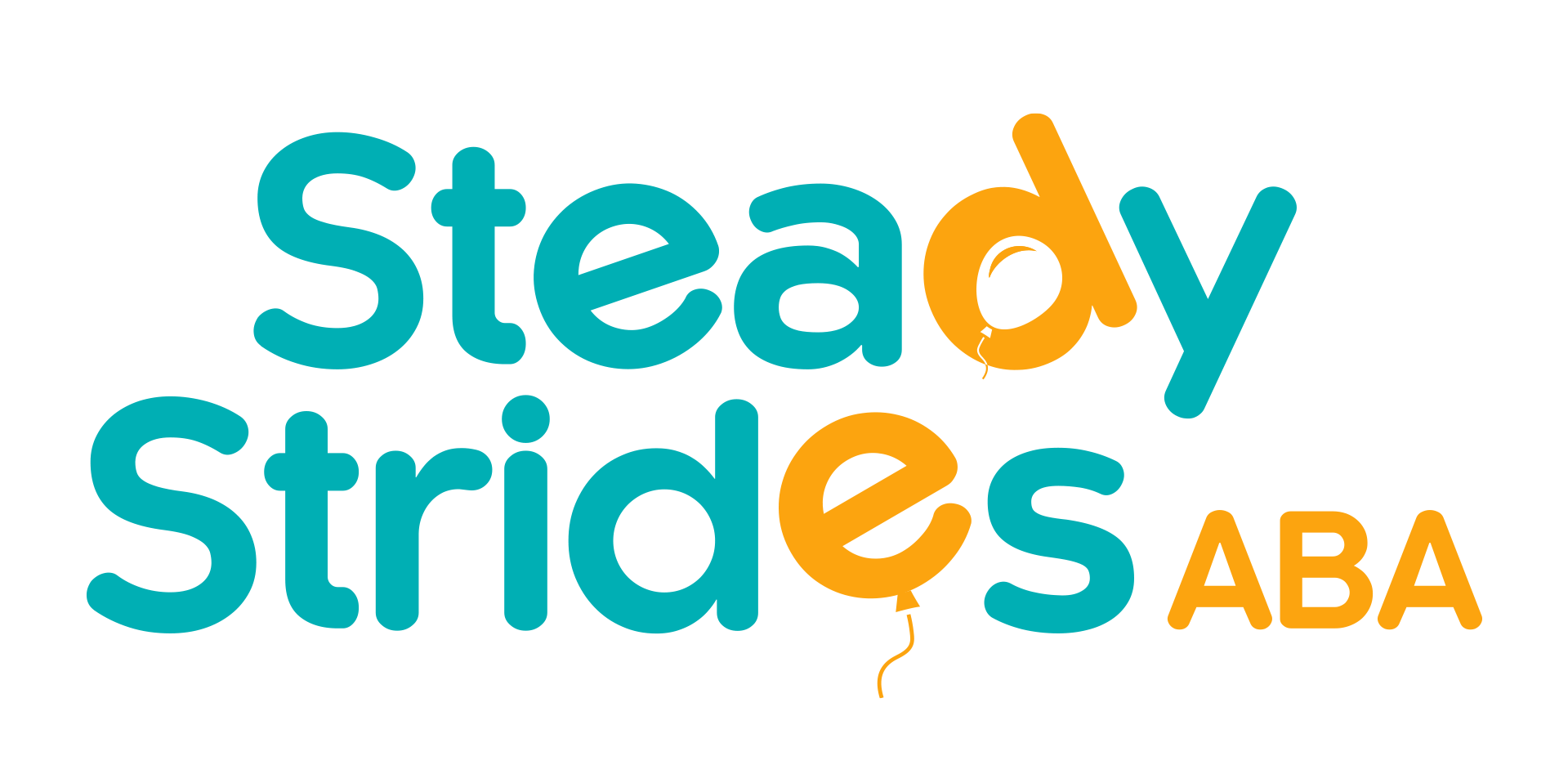Applied Behavior Analysis (ABA) therapy is a well-established and evidence-based approach for supporting individuals with autism spectrum disorder (ASD) in reaching their full potential. This therapeutic intervention focuses on understanding and modifying behavior through the principles of learning theory, providing individuals with autism the tools and support they need to develop essential skills and improve their quality of life. In this comprehensive guide, we'll explore the fundamentals of ABA therapy for autism, its effectiveness, key components, and the positive impact it can have on individuals and their families.
What is ABA Therapy?
ABA therapy is a systematic and data-driven approach to understanding behavior and learning. It aims to increase desirable behaviors and decrease undesirable behaviors by applying principles derived from the science of behavior analysis. ABA therapists conduct comprehensive assessments to identify the individual's strengths, weaknesses, and treatment goals, developing tailored intervention plans that target specific behaviors and skill deficits. Through structured teaching methods, positive reinforcement, and ongoing data collection, ABA therapy helps individuals with autism acquire new skills, improve communication, foster social interaction, and enhance their overall quality of life.
Effectiveness of ABA Therapy
Numerous research studies have demonstrated the effectiveness of ABA therapy in improving outcomes for individuals with autism across various domains. Early intervention with ABA therapy has been shown to lead to significant improvements in language development, social skills, adaptive behavior, academic performance, and daily living skills. Research also indicates that intensive and early intervention with ABA therapy can result in long-term positive outcomes, with many individuals making significant gains in independence, social inclusion, and overall well-being. As a result, ABA therapy is considered the gold standard treatment for autism and is endorsed by organizations such as the American Academy of Pediatrics and the National Institutes of Health.
Key Components of ABA Therapy
ABA therapy encompasses a range of techniques and strategies designed to address the unique needs and challenges of individuals with autism. Some key components of ABA therapy include:
- Functional Behavior Assessment (FBA): ABA therapists conduct FBAs to identify the underlying functions and triggers of problem behaviors, allowing for the development of targeted intervention plans tailored to the individual's needs.
- Prompt Hierarchy: Prompt hierarchy involves systematically providing prompts or cues to help individuals learn new skills and behaviors. Prompting strategies range from least intrusive to most intrusive, based on the individual's level of need and skill proficiency.
- Positive Reinforcement: Positive reinforcement involves providing rewards or incentives to reinforce desirable behaviors and motivate individuals to continue engaging in those behaviors. Reinforcement can take various forms, including praise, tokens, privileges, or preferred activities.
- Task Analysis: Task analysis breaks down complex tasks or behaviors into smaller, more manageable steps, allowing individuals to learn and master skills incrementally. Task analysis helps individuals with autism understand the sequential steps involved in completing a task and promotes skill acquisition and independence.
- Generalization and Maintenance: ABA therapists focus on promoting generalization and maintenance of skills, ensuring that individuals can apply newly acquired skills across different settings, people, and situations. Generalization and maintenance strategies help individuals transfer learned behaviors to real-life contexts and sustain their progress over time.
Positive Impact on Individuals and Families
The positive impact of ABA therapy extends beyond individuals with autism to their families and caregivers. ABA therapy provides families with practical strategies and support for managing challenging behaviors, fostering communication and social interaction, and promoting independence in daily activities. Families often report improvements in their child's behavior, communication skills, and overall quality of life as a result of ABA therapy, leading to reduced stress and increased confidence in their ability to support their child's development and well-being.
Individualized Treatment Plans
ABA therapy emphasizes the importance of individualized treatment plans tailored to each person's unique strengths, needs, and goals. ABA therapists conduct thorough assessments to identify the specific areas of focus and develop intervention plans that address the individual's priorities. These treatment plans evolve over time based on ongoing progress monitoring and adjustments to ensure that interventions remain effective and relevant to the individual's changing needs.
Parent and Caregiver Involvement
Parent and caregiver involvement is a cornerstone of ABA therapy, as they play a vital role in supporting their loved one's progress and generalization of skills outside of therapy sessions. ABA therapists provide training and guidance to parents and caregivers on implementing behavioral strategies, reinforcing positive behaviors, and managing challenging situations effectively. By empowering parents and caregivers with the knowledge and skills they need, ABA therapy promotes consistency and continuity of care across different environments, maximizing the individual's success.
Collaboration with Schools and Educational Professionals
Collaboration with schools and educational professionals is essential for ensuring continuity of care and promoting skill development in various settings. ABA therapists collaborate with teachers, school administrators, and other educational professionals to develop individualized education plans (IEPs) that incorporate ABA principles and strategies. By aligning therapy goals with educational objectives, ABA therapy supports academic success, social inclusion, and independence in the school environment.
Addressing Challenging Behaviors
Challenging behaviors are common among individuals with autism and can significantly impact their quality of life and functioning. ABA therapy employs evidence-based strategies for addressing challenging behaviors, such as aggression, self-injury, tantrums, and non-compliance. Through functional behavior assessment (FBA) and behavior intervention plans (BIPs), ABA therapists identify the underlying causes of challenging behaviors and implement proactive strategies to teach alternative, more adaptive behaviors while reducing the frequency and intensity of problem behaviors.
Advocacy and Community Support
ABA therapy extends beyond the therapy room to encompass advocacy and community support for individuals with autism and their families. ABA therapists advocate for the rights and inclusion of individuals with autism in schools, workplaces, and community settings, promoting awareness and acceptance of neurodiversity. Additionally, ABA therapy may involve collaborating with community organizations, support groups, and advocacy networks to provide resources, education, and social opportunities for individuals with autism and their families, fostering a supportive and inclusive community environment.
Lifelong Learning and Skill Development
ABA therapy recognizes that learning is a lifelong process, and individuals with autism continue to develop and acquire new skills throughout their lives. ABA therapists focus on promoting lifelong learning and skill development by targeting a range of domains, including communication, socialization, self-care, and vocational skills. Through ongoing assessment, intervention, and reinforcement, ABA therapy supports individuals with autism in achieving their goals and maximizing their independence and quality of life across the lifespan.
By incorporating these additional aspects into
ABA therapy for autism, individuals can receive comprehensive support that addresses their diverse needs and empowers them to thrive in all aspects of life.
Steady Strides ABA is committed to providing compassionate and effective ABA therapy services that make a meaningful difference in the lives of individuals with autism and their families. If you're seeking support for your loved one with autism, contact us today to learn more about how we can help.













